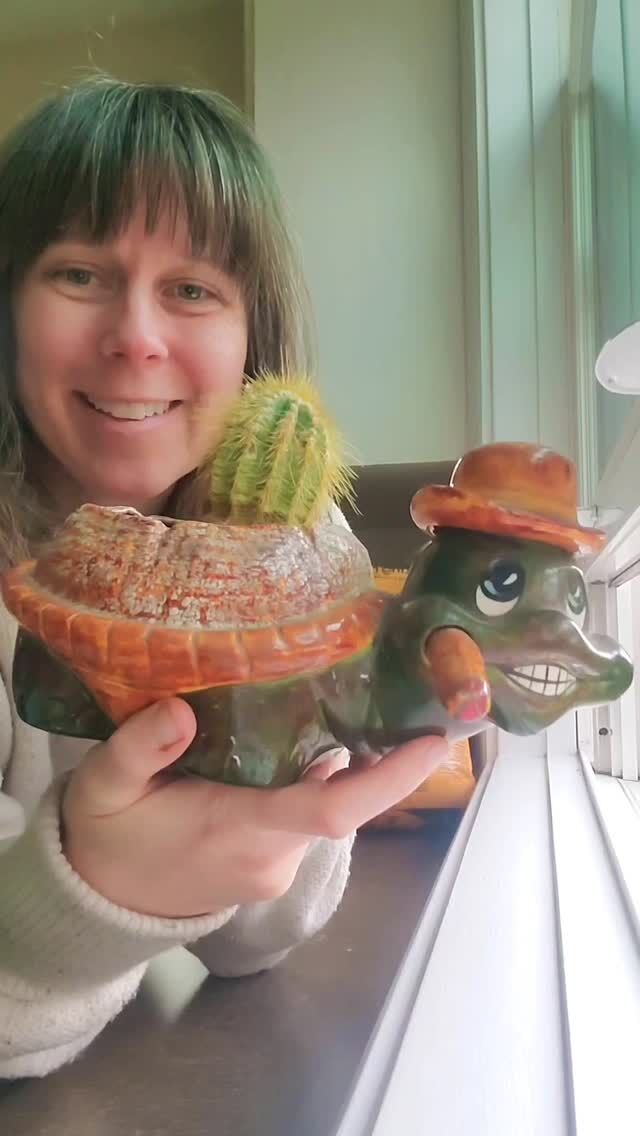Chickens and other egg-laying creatures (like ducks) take a hiatus from producing eggs in the winter – and it’s natural for them to do so. The decreased sunlight tells them it’s not a good time to make babies, as it can be much tougher for a tender new chick to survive the cold of winter. That signals their annual molting, usually in the fall.
Really young, prolific chickens might not take any time off, but most chickens will stop laying in the winter anywhere from a few weeks to a few months. The older they are, the more vacation time they take.
How do you force your flock to lay eggs in the winter, despite the decrease in daylight? You supplement the lack of light by setting up an artificial light source in their coop. Unlike growing seeds, the light does not need to be a grow light. It can just be a simple light bulb, like the ones you use in your house. It doesn’t need to be too bright either – something like a 9 watt fluorescent plugged into a metal dome could do the trick.

Right: Pearl, our ten year old Americana who no longer lays. Left: our younger blue-laced red Wyandottte.
The biggest challenge is how to setup the artificial light so it’s safe for your flock, which depends entirely on your coop setup. Be cautious! A warm light in a coop filled with straw or wood chips could be dangerous if the light falls into the bedding.
Most folks set the light up on a timer that turns on a few hours before daybreak. You don’t want to use the artificial light as it approaches sundown. Chickens can’t see in the dark, so letting them have access to the naturally declining light at sunset gives them some warning that it’s time to get onto their roosts before dark.
Start using artificial light after they have done their annual molting. Using an artificial light will not give them the seasonal warning they need to lose their feathers and grow in new, fluffy ones before winter. They will still molt – it’s a natural, annual process for them – but it may occur in the dead of winter when they need those fluffy feathers the most.
There are other considerations to weigh before deciding to put in an artificial light. Most importantly, hens are born with a certain number of eggs that they will release in their lifetime – just like women. Forcing them to lay through the winter will use up their lifetime supply of eggs sooner. A hen forced to lay through winter might be out of eggs by the time she’s three or four, while one that took a winter vacation can lay up to seven or longer.
So what’s the right course of action: to light or not light the coop? For me, I do not force my flock to lay through the winter. We are usually ready for an egg-hiatus after the glut of eggs we get from spring through fall. I also employ the strategy of keeping a diverse range of ages in my flock. The older girls might take a three month winter vacation, but the younger ones make up for it by only taking off a few weeks. We raise new chicks every couple years, mix them with our flock, then adopt out half of the flock – usually a mix of older and younger girls.
Our egg basket was empty for the month of December and I actually had to BUY a dozen eggs for holiday baking – gasp! So I understand the desire to keep production steady through the year. Just know your options and think about what you’ll do with your flock if they do stop laying earlier in life.
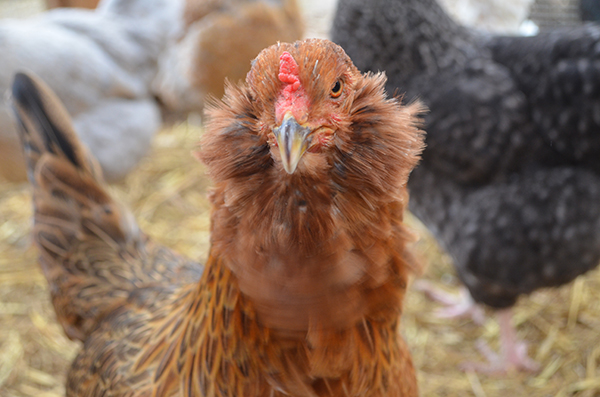
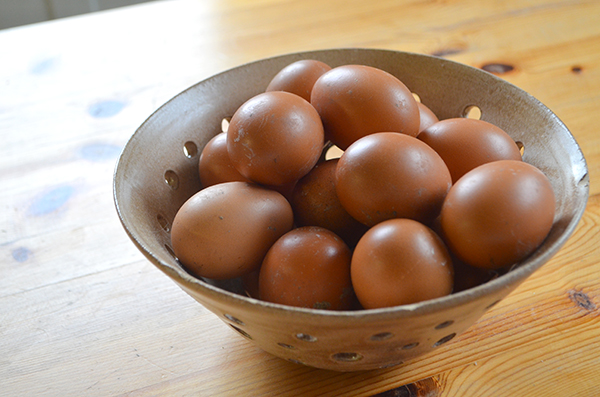
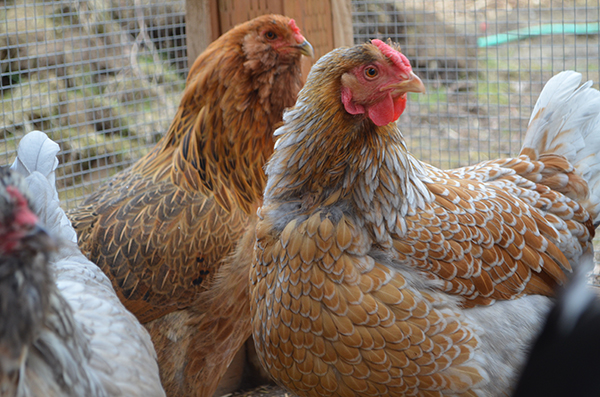
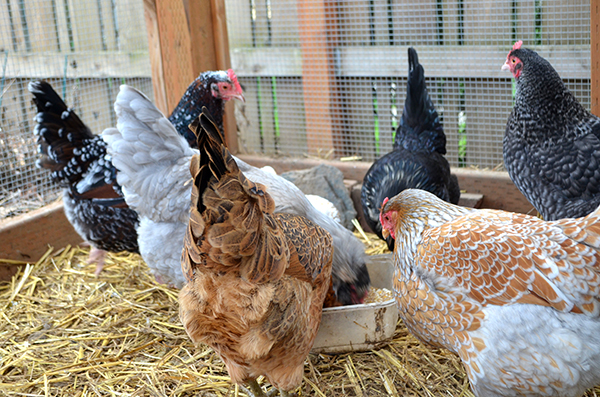
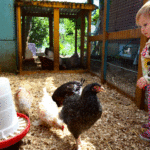
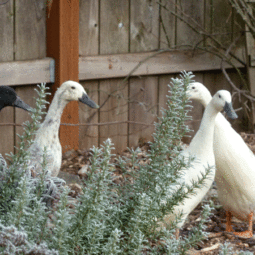
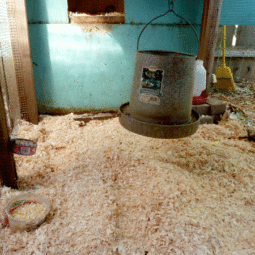


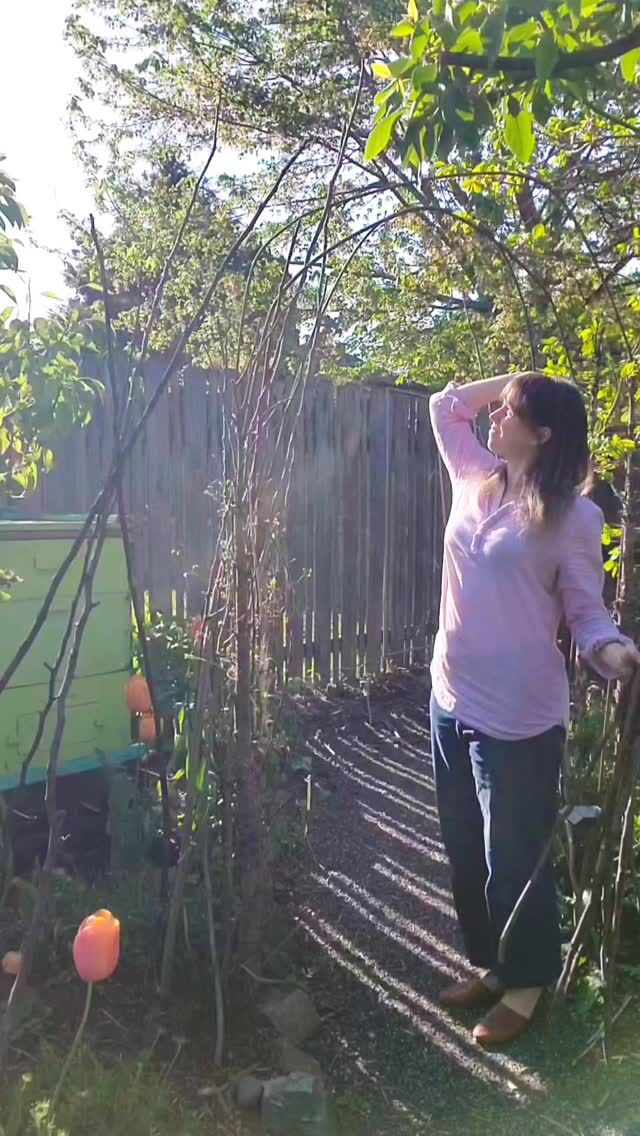
 I start with a
I start with a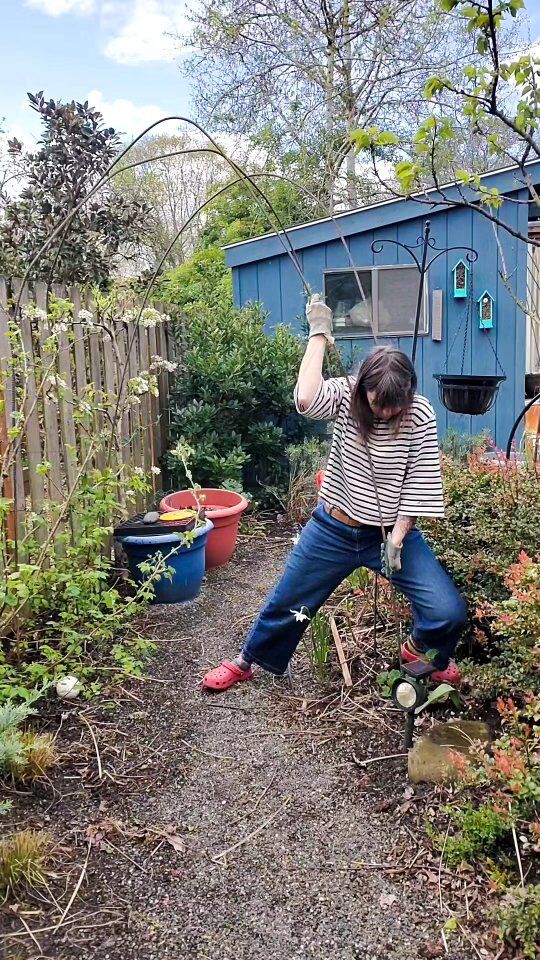
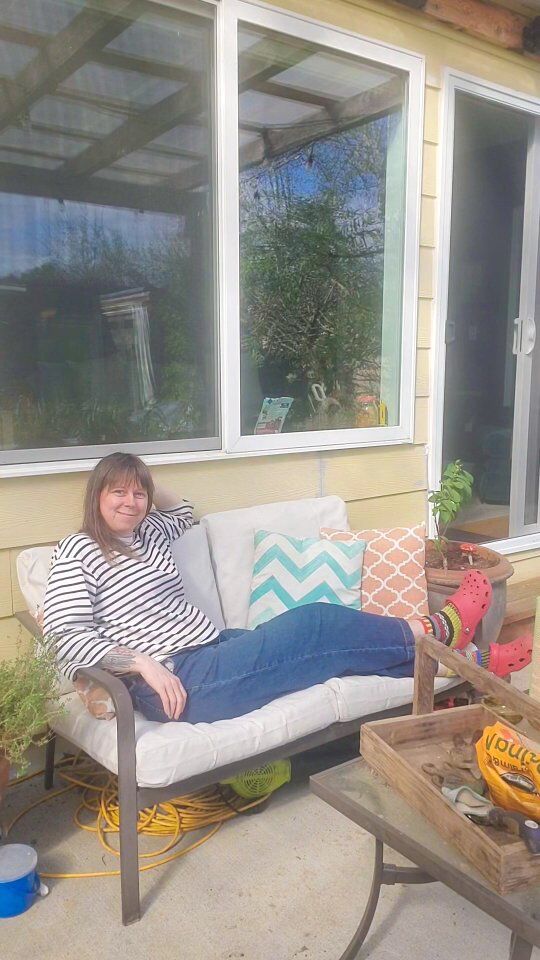
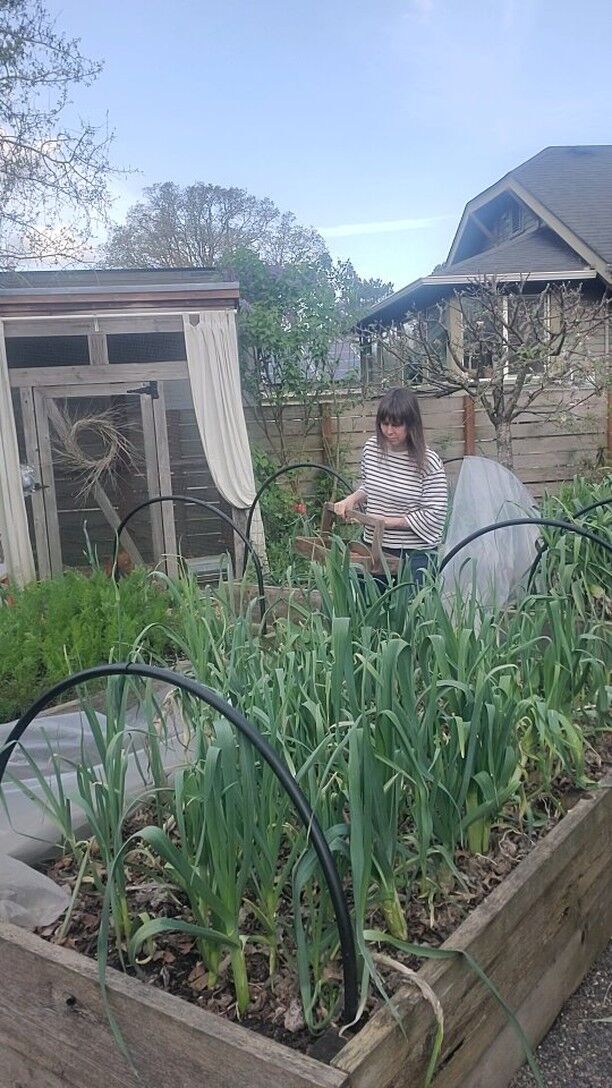

 There's a go
There's a go

